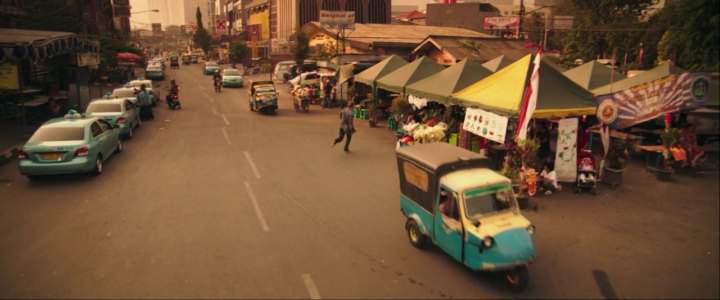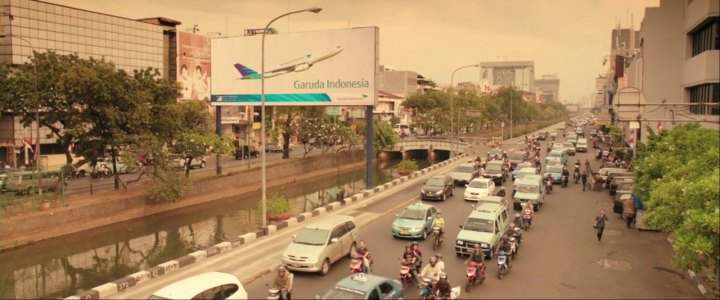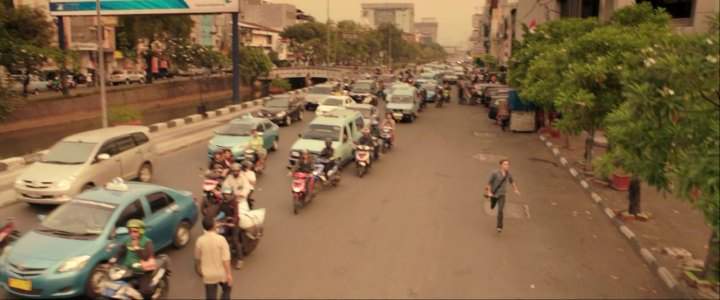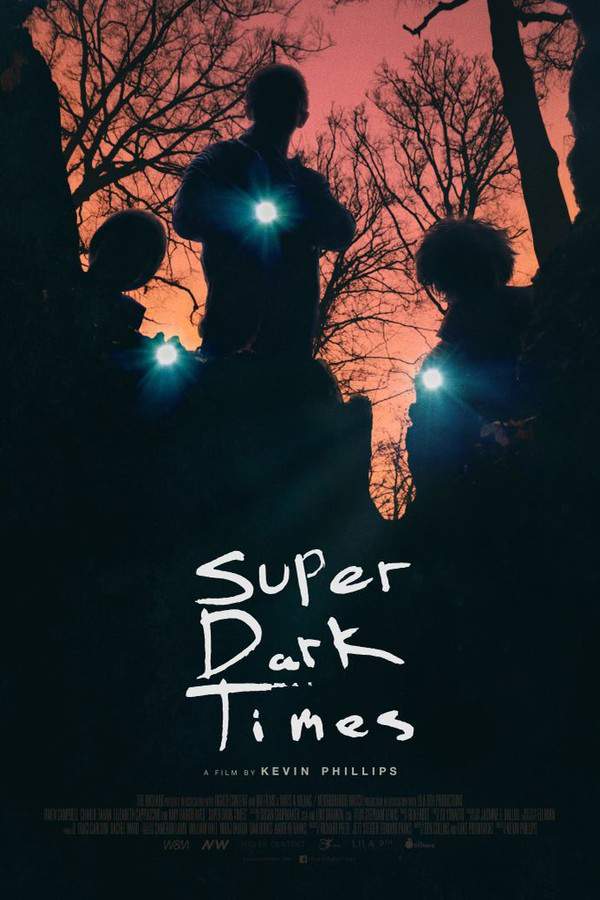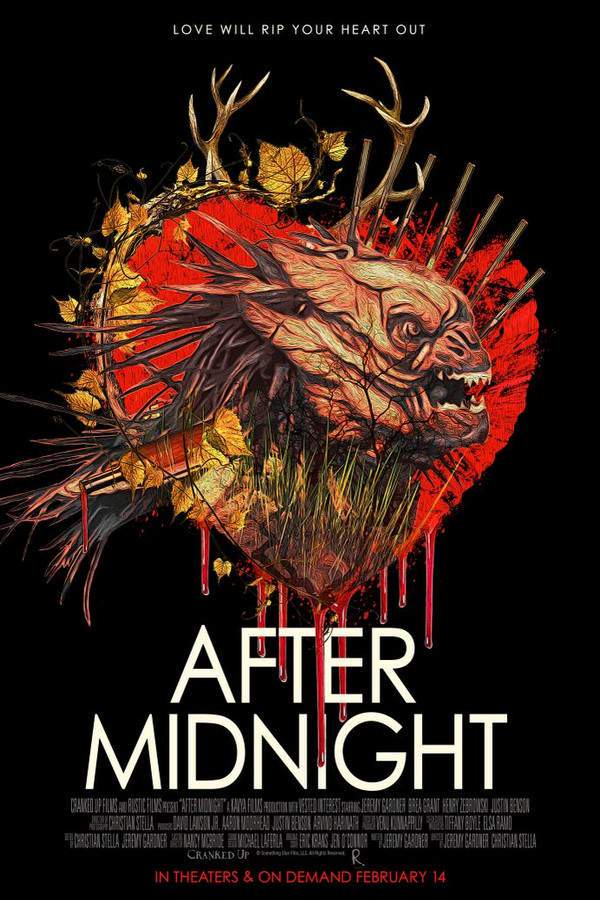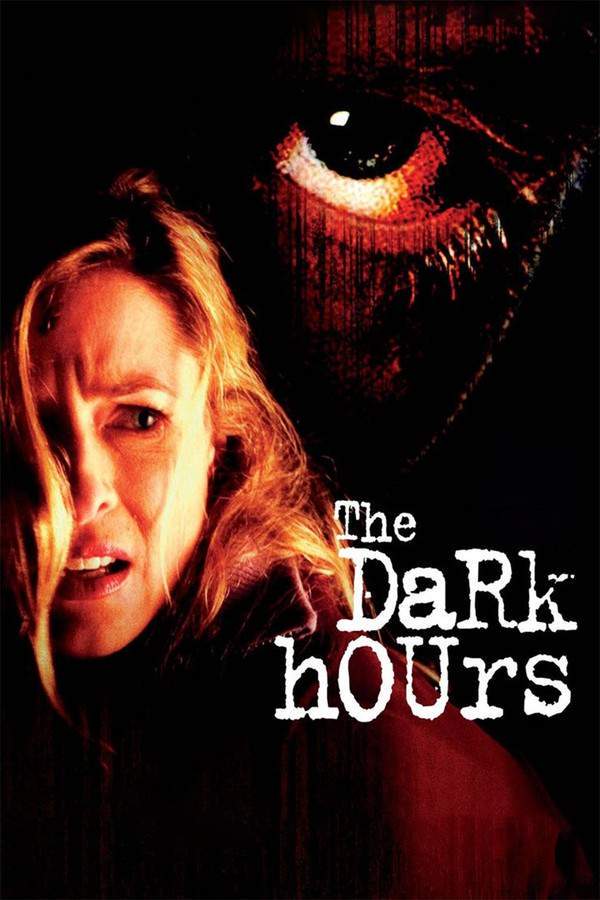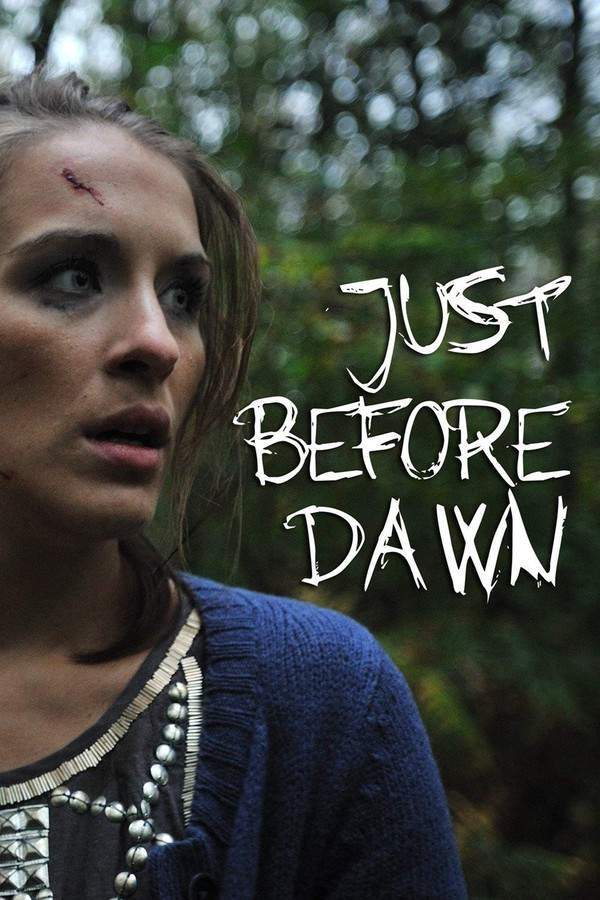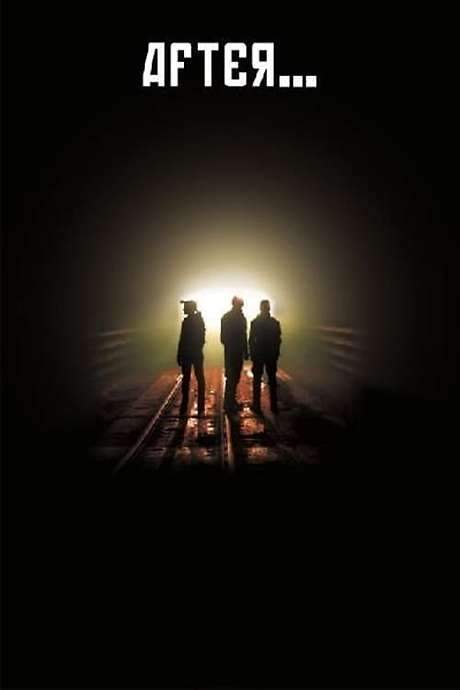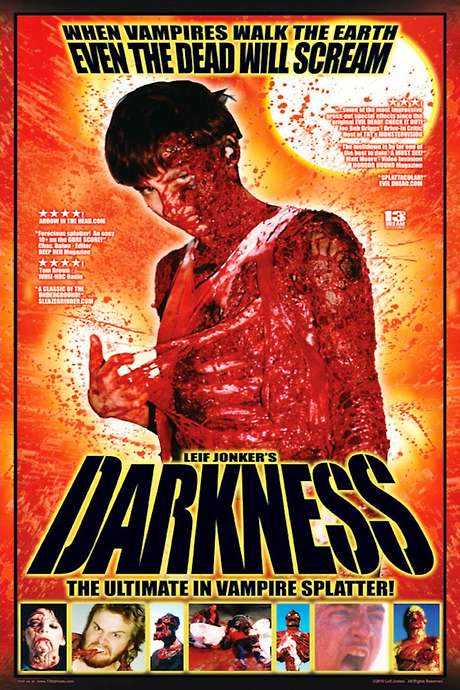After the Dark 2014
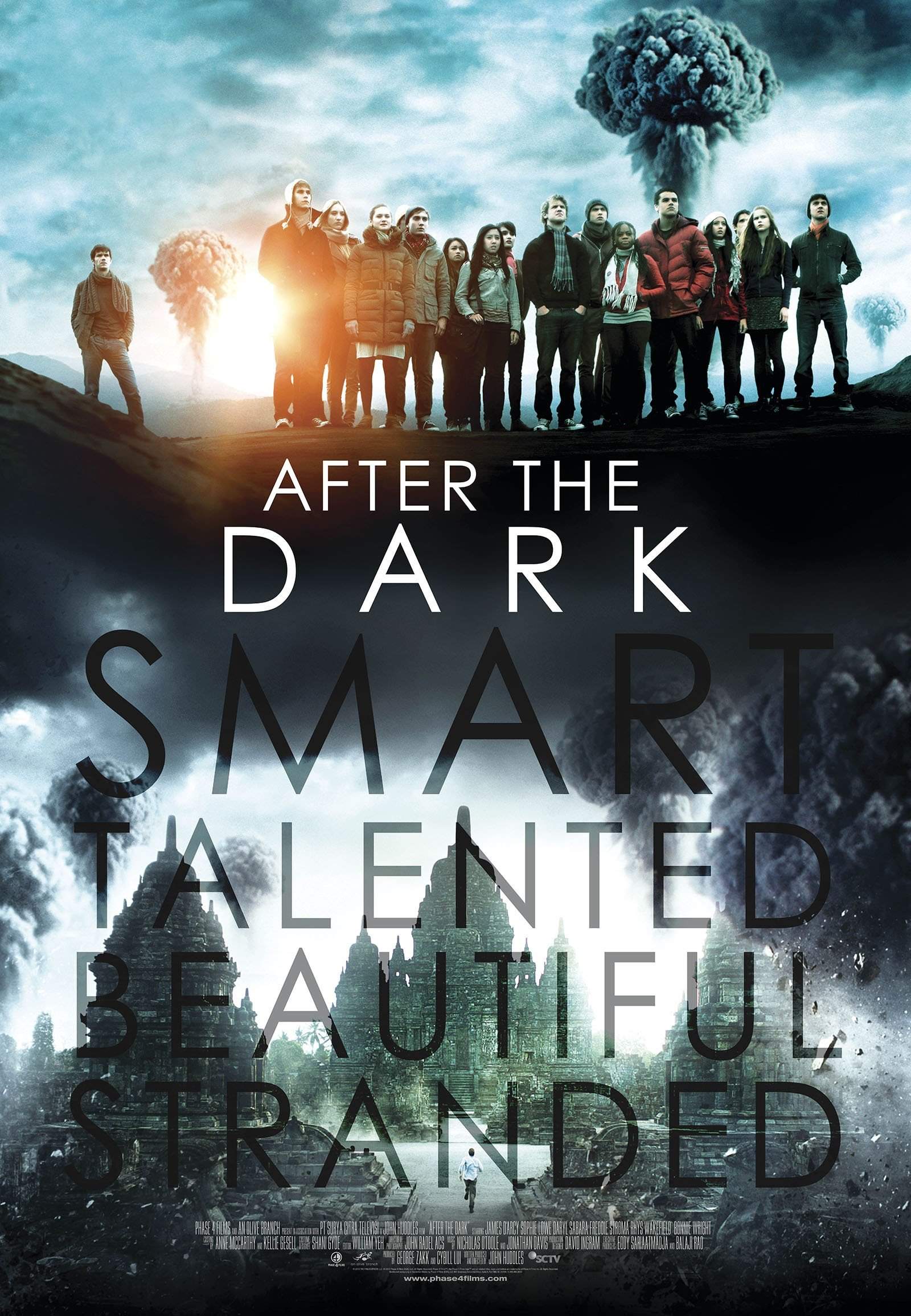
Amidst the political turmoil of communism dividing a village, lifelong friends Katerina and Stefan find themselves separated. Years pass, and their lives unexpectedly intersect again, rekindling a passionate but forbidden love. Their reunion challenges the delicate balance of the community now striving for unity, forcing them to confront the past and fight for their future.
Does After the Dark have end credit scenes?
No!
After the Dark does not have end credit scenes. You can leave when the credits roll.
Meet the Full Cast and Actors of After the Dark
Explore the complete cast of After the Dark, including both lead and supporting actors. Learn who plays each character, discover their past roles and achievements, and find out what makes this ensemble cast stand out in the world of film and television.
No actors found
External Links and Streaming Options
Discover where to watch After the Dark online, including streaming platforms, rental options, and official sources. Compare reviews, ratings, and in-depth movie information across sites like IMDb, TMDb, Wikipedia or Rotten Tomatoes.
Ratings and Reviews for After the Dark
See how After the Dark is rated across major platforms like IMDb, Metacritic, and TMDb. Compare audience scores and critic reviews to understand where After the Dark stands among top-rated movies in its genre.

37
Metascore
5.2
User Score

4.8 /10
IMDb Rating

61
%
User Score

2.6
From 77 fan ratings
Take the Ultimate After the Dark Movie Quiz
Challenge your knowledge of After the Dark with this fun and interactive movie quiz. Test yourself on key plot points, iconic characters, hidden details, and memorable moments to see how well you really know the film.
After the Dark Quiz: Test your knowledge on the thought-provoking film 'After the Dark' and its moral dilemmas.
Who is the philosophy teacher in 'After the Dark'?
Mr. Zimit
Mr. Smith
Mrs. Johnson
Dr. Brown
Show hint
Full Plot Summary and Ending Explained for After the Dark
Read the complete plot summary of After the Dark, including all major events, twists, and the full ending explained in detail. Explore key characters, themes, hidden meanings, and everything you need to understand the story from beginning to end.
In the oppressive heat of Jakarta, Mr. Zimit, a philosophy teacher at an international school, introduces his students to a challenging thought experiment that delves deep into their ethics and moral fortitude. Approaching the final day of the term, he presents a dire hypothetical: an imminent atomic apocalypse threatens their lives, and the only escape lies in a bunker that can hold only ten individuals. With the odds stacked against them, Zimit’s class of twenty must grapple with the harsh and brutal reality of survival, where only the strongest will prevail.
Initially, top student Petra is resistant to participate, but Zimit’s subtle warning about jeopardizing her boyfriend James’ academic standing prompts her to get involved. As the situation unfolds, the students receive cards that define their roles: James, depicted as an organic farmer skilled in self-sufficiency, and Petra, an engineer possessing vital technical know-how.
The class engages in tense discussions, advocating for their places in the bunker while debating who deserves to be chosen. Skills deemed essential for survival help elevate some, like James and Petra, while others, like Beatrice, a fashion designer, are deemed expendable and left outside. Throughout this exercise, Zimit remains an inscrutable figure, keeping his own abilities hidden and allowing the students to navigate based on their perceptions of him.
As tensions mount and decisions are made, the students initially agree to let Zimit join their refuge. But he horrifies them with his revelation that those excluded will be euthanized, asserting it’s a more merciful option compared to a slow death by radiation. In a panic, the remaining students rush into the bunker, locking Zimit out and shutting themselves away from his disturbing plans.
Years down the line, the survivors finally exit the bunker only to discover that Zimit held the exit code all along. In despair over their futile attempts at freedom, they tragically succumb to their hopelessness, choosing to end their own lives within the very sanctuary that promised to save them.
As they regroup, they are forced to confront a disturbing truth: their decisions were heavily influenced by misguided information. The innocuous cards, initially believed to be straightforward indicators of their roles, now unveil a more intricate layer that drastically shifts the dynamics of their group. For instance, Georgina’s previously accepted role is threatened by the revelation of her potential exposure to the Ebola virus, disqualifying her from consideration. Meanwhile, Petra and James continue to benefit from their prior acceptance, with James’s identity as a gay man not hindering his eligibility.
With unease settling in as they reluctantly agree to reproduce within the bunker, Zimit pushes for immediate procreation, eliciting mixed reactions from the group. Some heterosexual couples welcome this challenge, while others feel apprehensive. James finds himself increasingly uncomfortable, especially when his companion Petra is coerced into a pairing with Zimit.
As time progresses without any pregnancies, tension simmers beneath the surface. Zimit’s frustration escalates, leading him to suggest a shift in partnerships, a demand firmly rejected by Bonnie, the soldier with a remarkable memory. In a moment of desperation, Zimit draws a gun, prompting Jack to intervene decisively, resulting in chaos when Zimit forcibly opens the bunker doors, leading to catastrophic consequences.
In the aftermath, James ponders Zimit’s motives for this twisted experiment. A careful look at the cards unveils a shocking truth: his fate had been predetermined, deepening his distrust of Zimit’s intentions. Zimit claims the exercise’s purpose is to make James confront the brutalities of his privileged life, a message that falls on skeptical ears.
Unfazed by the turmoil she has instigated, Petra takes control and insists on a third iteration of the experiment. This time, she selects participants whose skills are deemed risky or peripheral, inciting further aggravation from Zimit as an opera singer and poet join the fray.
In a bold act of rebellion, Chips covertly takes Petra’s place just as the bunker doors are about to seal shut, ensuring her salvation while pushing Zimit out. Bonnie’s eidetic memory proves invaluable, recalling the exit code that thwarts Zimit’s efforts.
When the group finally emerges from the bunker, they are confronted with a shocking reality: the bombs did not fall as feared. Zimit’s ominous narrative suggests they will perish due to their lack of technical skills, yet Petra counters this outlook, arguing that their time in the bunker was filled with creativity and joy, making the expected doom even more insipid.
Left alone on a beach, Zimit miraculously survives in a cave for a whole year, while his sinister designs now target James. Nonetheless, the remaining survivors band together, forming a united front that dismantles Zimit’s schemes, revealing the profound truth of their existence.
As the class comes to a close, Zimit’s internal struggle with his ethics becomes increasingly apparent. As his students disperse, Petra remains, her accusatory gaze challenging Zimit about his true motivations. Their history complicates their exchange as Petra criticizes Zimit for attempting to boil human interactions down to mere variables and metrics, asserting that intelligence is but one aspect of the intricate human experience.
Their conversation crackles with tension, culminating in the echo of a gunshot through the empty classroom, isolating Zimit further. However, this event does not signify an ordinary conclusion; instead, it launches a series of diverging scenarios, each representing a hypothetical outcome stemming from the exercises they endured. In conjuring alternate realities from his own psyche, Zimit’s actions catalyze multiple potential worlds, each reflecting the boundless potential and uncertainty intrinsic to the human experience.
Uncover the Details: Timeline, Characters, Themes, and Beyond!

Coming soon on iOS and Android
The Plot Explained Mobile App
From blockbusters to hidden gems — dive into movie stories anytime, anywhere. Save your favorites, discover plots faster, and never miss a twist again.
Sign up to be the first to know when we launch. Your email stays private — always.
Watch Trailers, Clips & Behind-the-Scenes for After the Dark
Watch official trailers, exclusive clips, cast interviews, and behind-the-scenes footage from After the Dark. Dive deeper into the making of the film, its standout moments, and key production insights.
Cars Featured in After the Dark
Explore all cars featured in After the Dark, including their makes, models, scenes they appear in, and their significance to the plot. A must-read for car enthusiasts and movie buffs alike.
After the Dark Themes and Keywords
Discover the central themes, ideas, and keywords that define the movie’s story, tone, and message. Analyze the film’s deeper meanings, genre influences, and recurring concepts.
After the Dark Other Names and Titles
Explore the various alternative titles, translations, and other names used for After the Dark across different regions and languages. Understand how the film is marketed and recognized worldwide.
Similar Movies To After the Dark You Should Know About
Browse a curated list of movies similar in genre, tone, characters, or story structure. Discover new titles like the one you're watching, perfect for fans of related plots, vibes, or cinematic styles.
Quick Links: Summary, Cast, Ratings, More

What's After the Movie?
Not sure whether to stay after the credits? Find out!
Explore Our Movie Platform
New Movie Releases (2025)
Famous Movie Actors
Top Film Production Studios
Movie Plot Summaries & Endings
Major Movie Awards & Winners
Best Concert Films & Music Documentaries
Movie Collections and Curated Lists
© 2025 What's After the Movie. All rights reserved.














